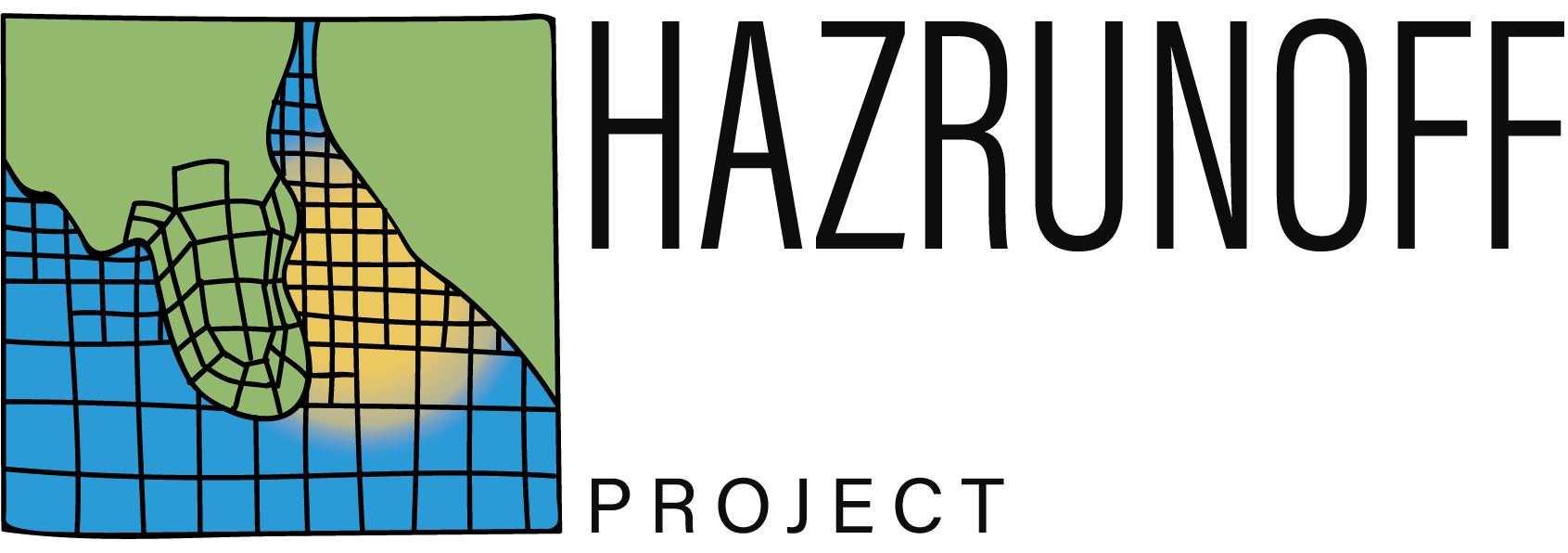«HazRunoff aims to fill the knowledge and technology gaps around early warning & detection, follow-up, and early response to different or combined types of flooding and hazmat pollution in inland and transitional waters».
Flooding can result in widespread economic and social damage, including severe environmental consequences when industries holding large quantities of toxic chemicals are involved.
According to the European Environment Agency studies, 3,500 flood events occurred in Europe from 1980 to 2010. Data indicate significant increases in flooding over the coming decades, and it is predicted that by 2050 flood losses will have increased fivefold. Climate change effects, urban development and building on wetlands are the main reasons for predicted increase in flooding events.

Accidental and deliberate pollution at sea has been the subject of much research over the years, raising the awareness of the general public, and improving planning, prevention, preparedness and response to oil and chemical spills. Nevertheless, several limitations have been identified when similar problems are faced in inland and transitional waters. Such waters are characterized by different hydrographic conditions, and with faster current velocities, all of which can change the behaviour of pollutants.
In this context, HazRunoff aims to fill the knowledge and technology gaps around early warning & detection, follow-up, and early response to different or combined types of flooding and hazmat pollution in inland and transitional waters by providing a comprehensive framework combining:
- In-situ sensing technologies (automatic stations, indicators, lab measurements, Internet of Things (IoT) approaches),
- Airborne (Unmanned Aerial Vehicles (UAV) / drones) and satellite remote sensing (oil and chemical spills, water level monitoring, turbidity),
- Holistic high-resolution modelling (integration of meteorological, watershed, estuarine and pollutant dispersion models),
- Operational tools for situational awareness and crisis management (new methods for interpreting social media, early warning, online dashboards and on-demand simulation tools),
- Improved contingency planning and adapted protocols for response and communication.
The project focuses on preparing and responding to civil / public health impacts as well as to acute environmental damage. Based on state-of-the-art technologies and testing in 4 pilot areas, HazRunoff will create a holistic set of technologies and methodologies replicable and transferable worldwide.
